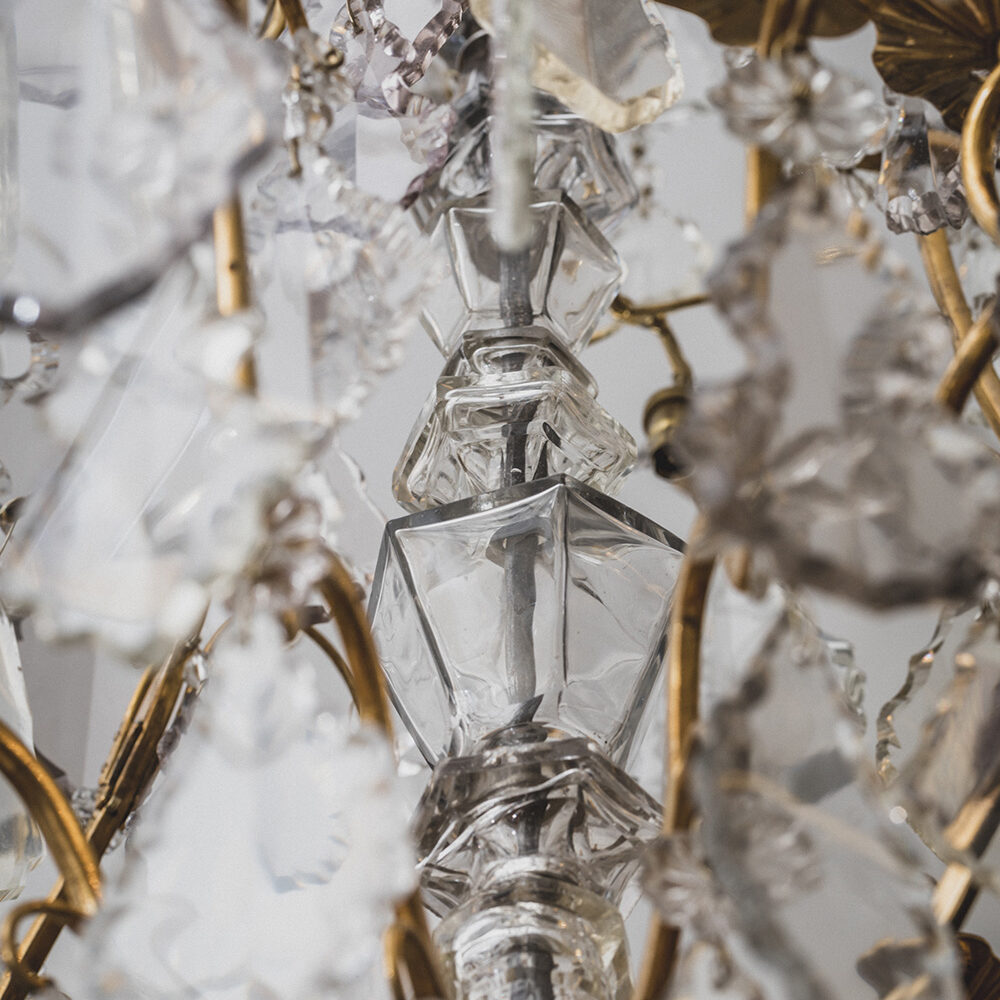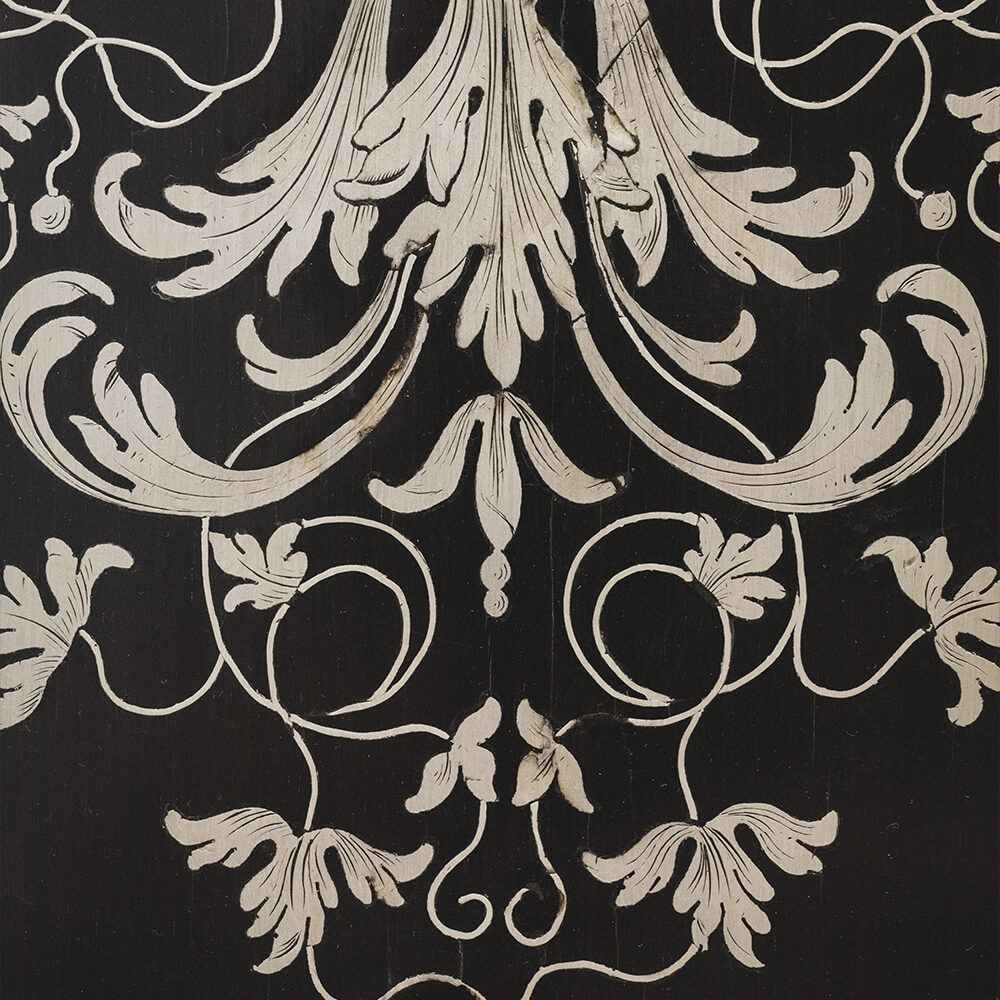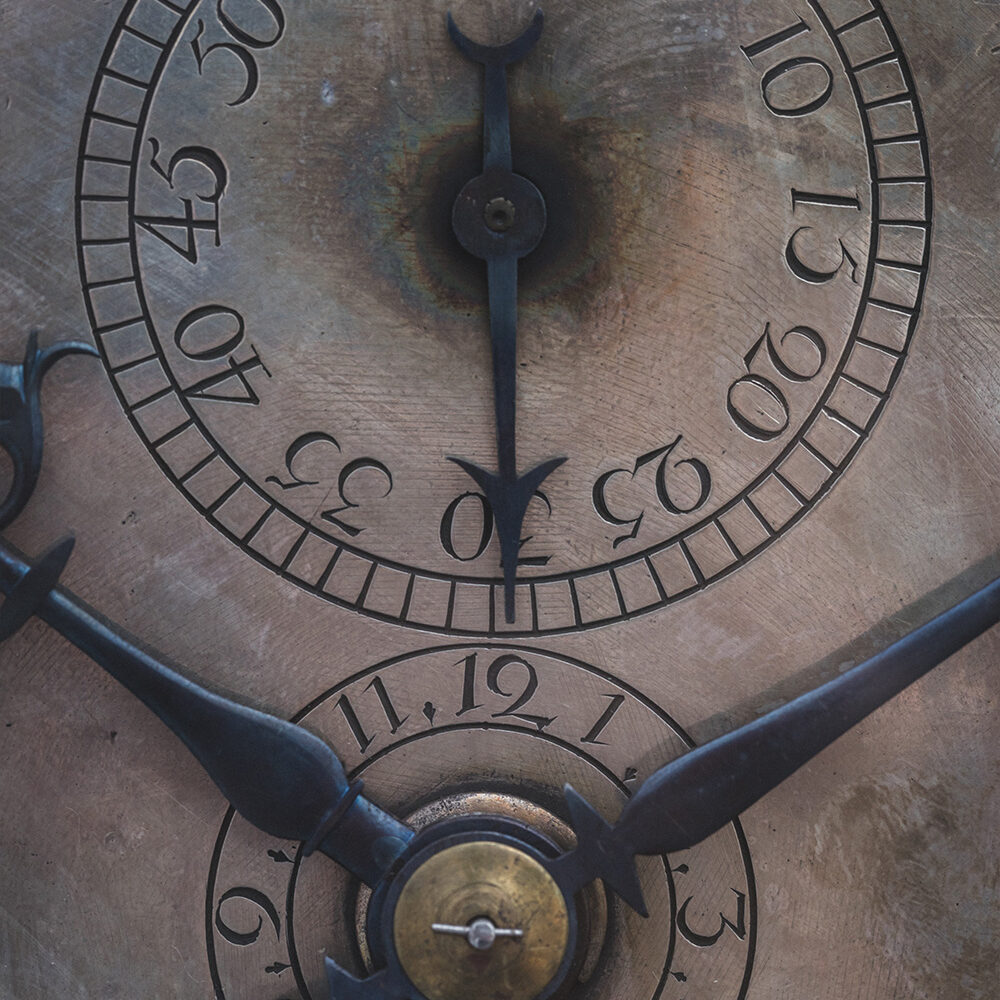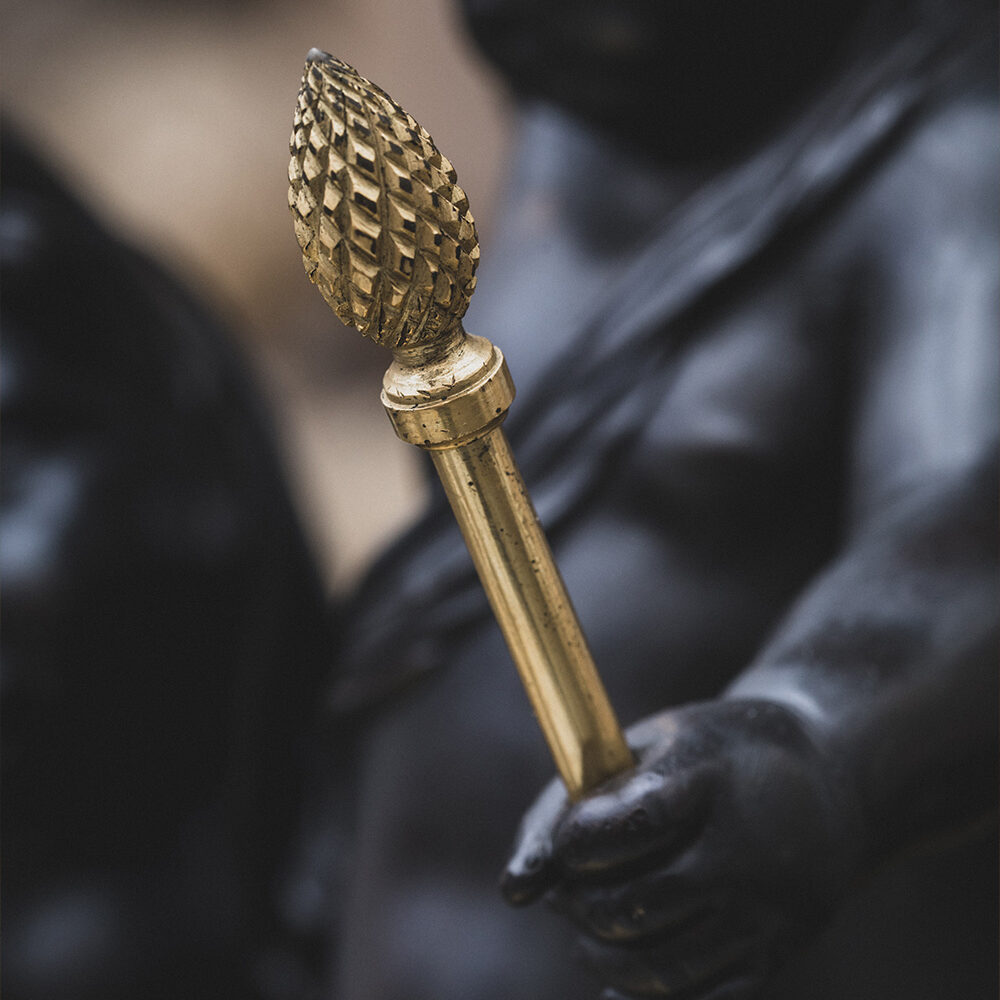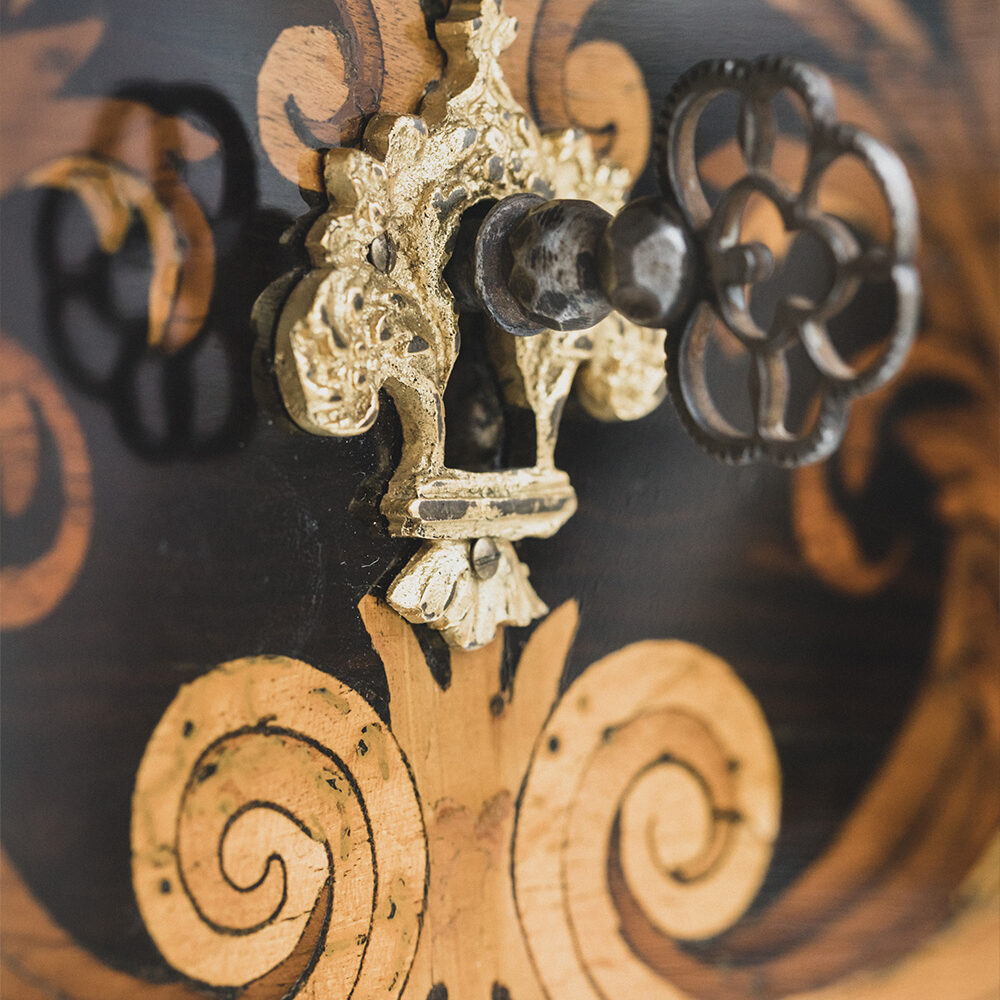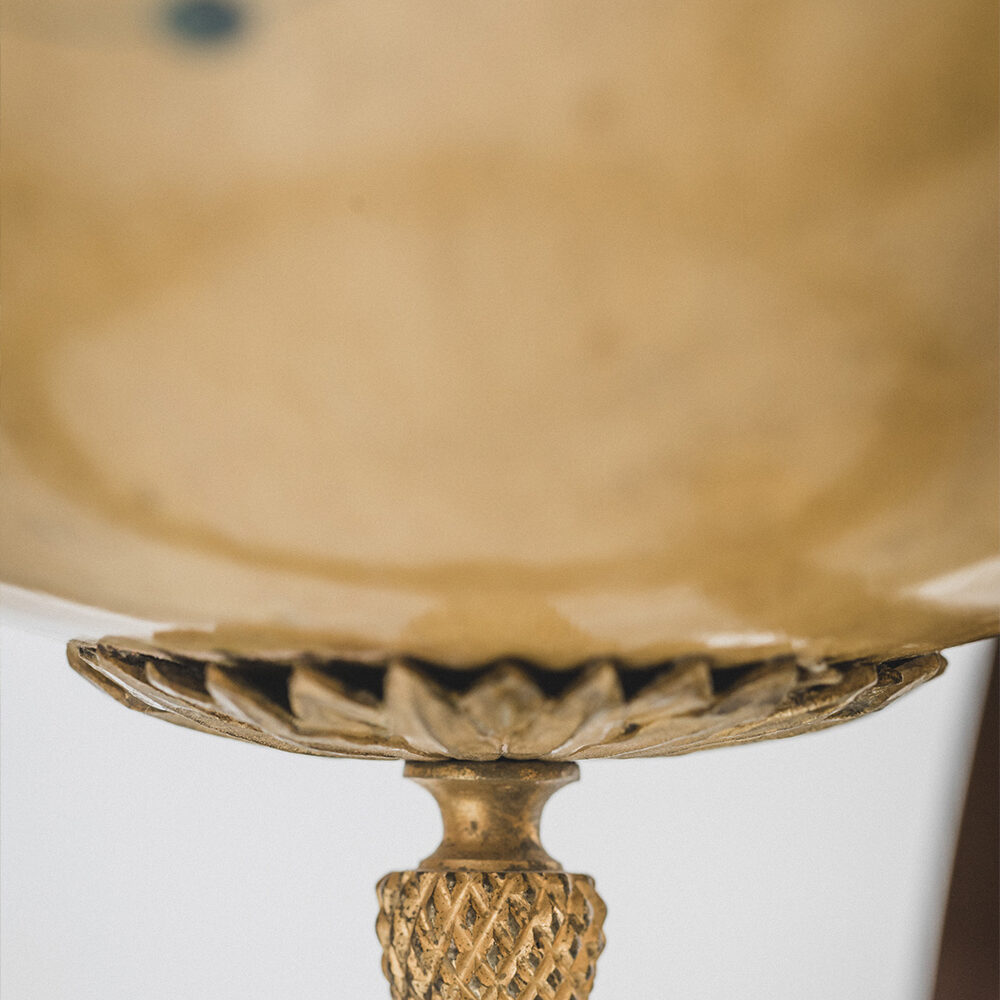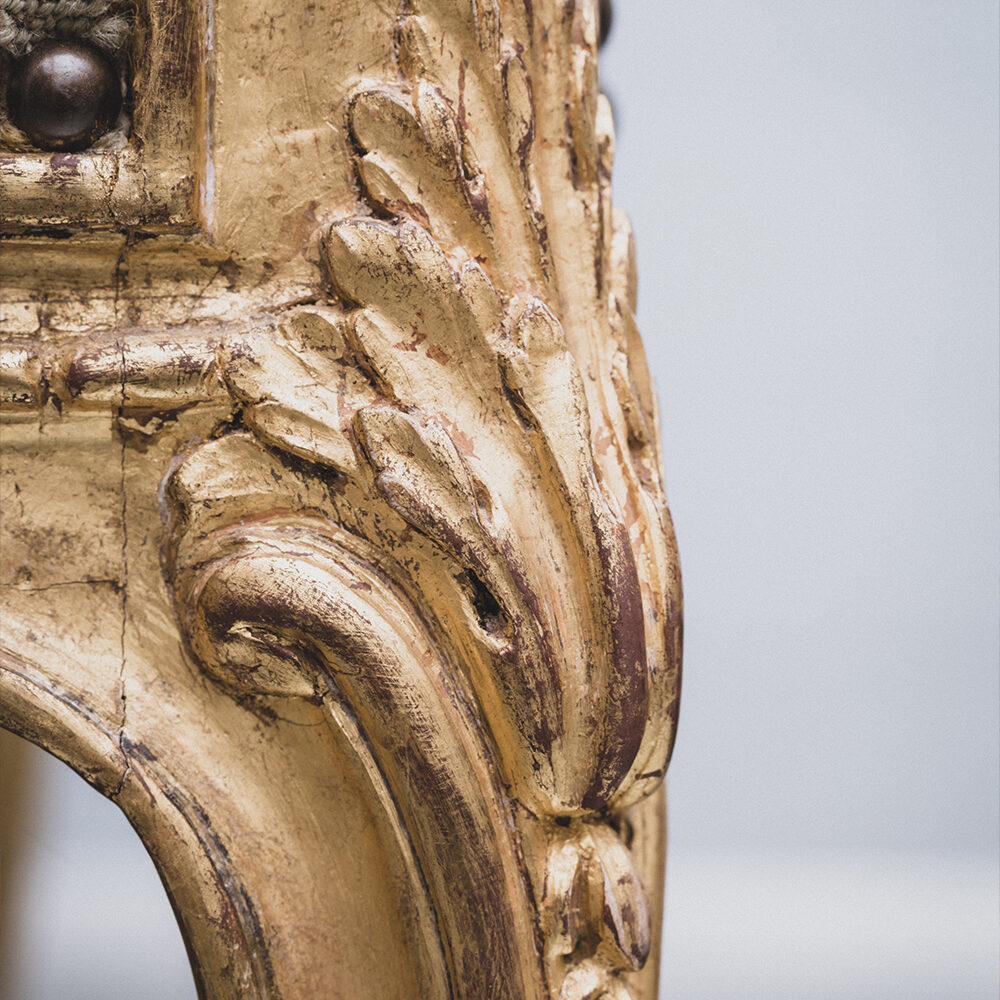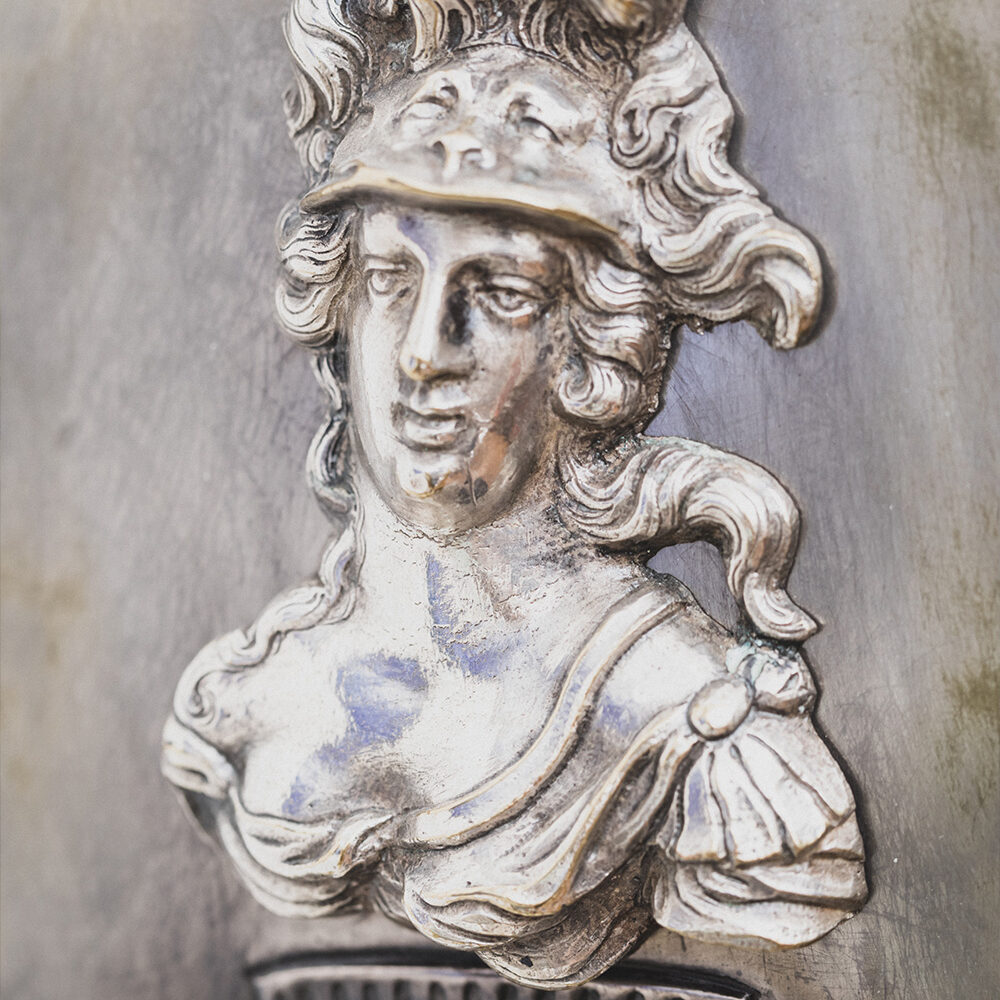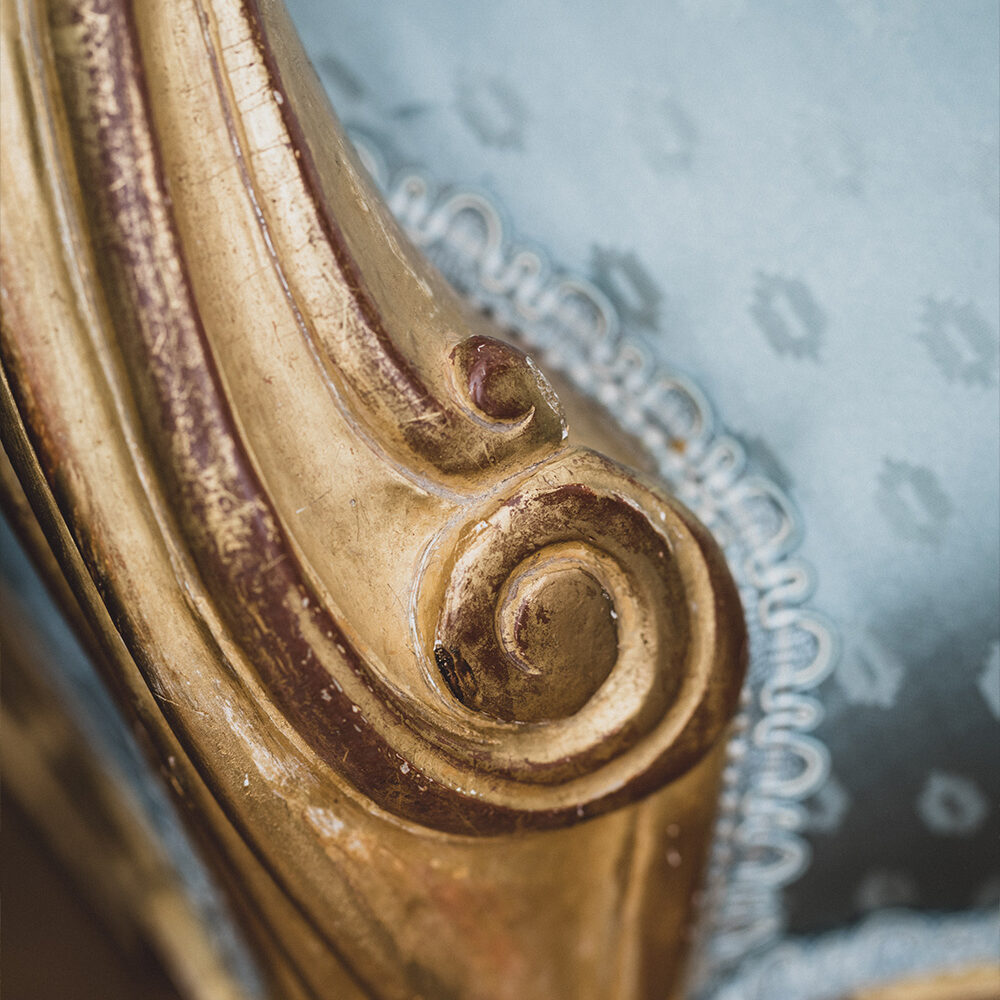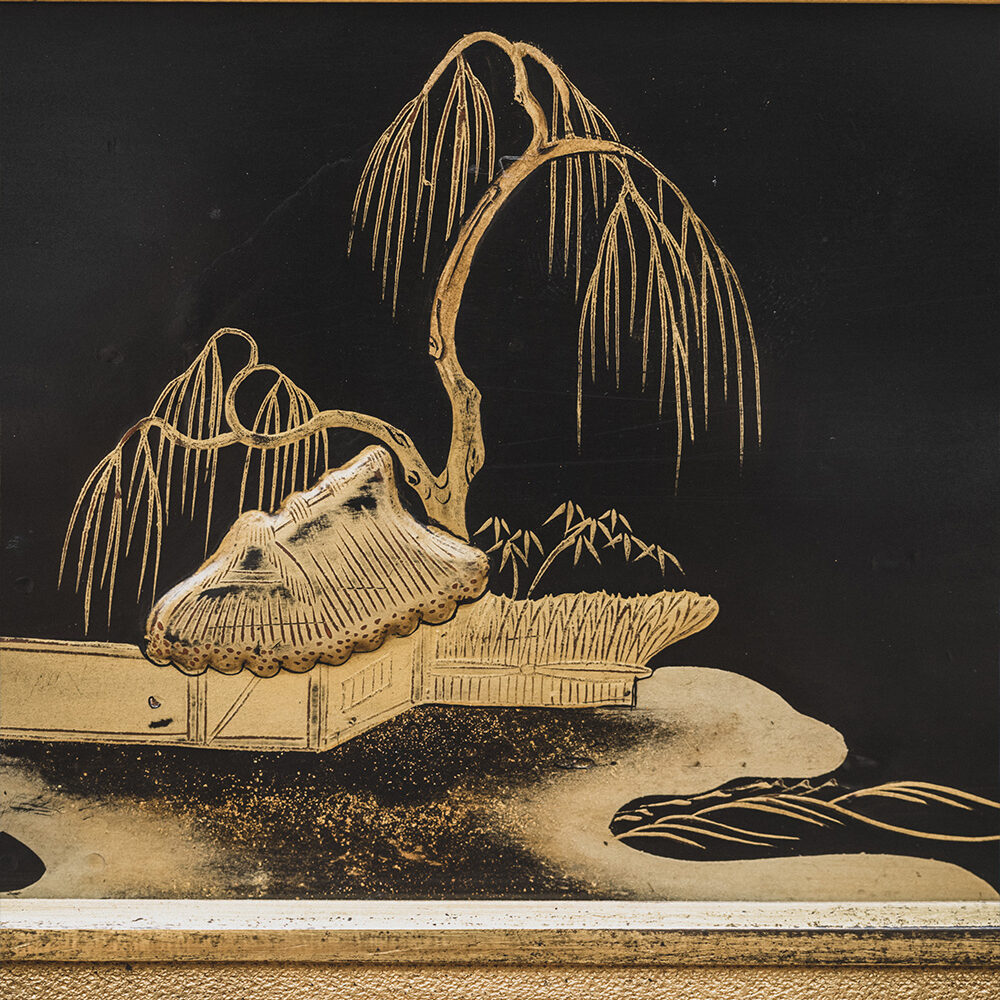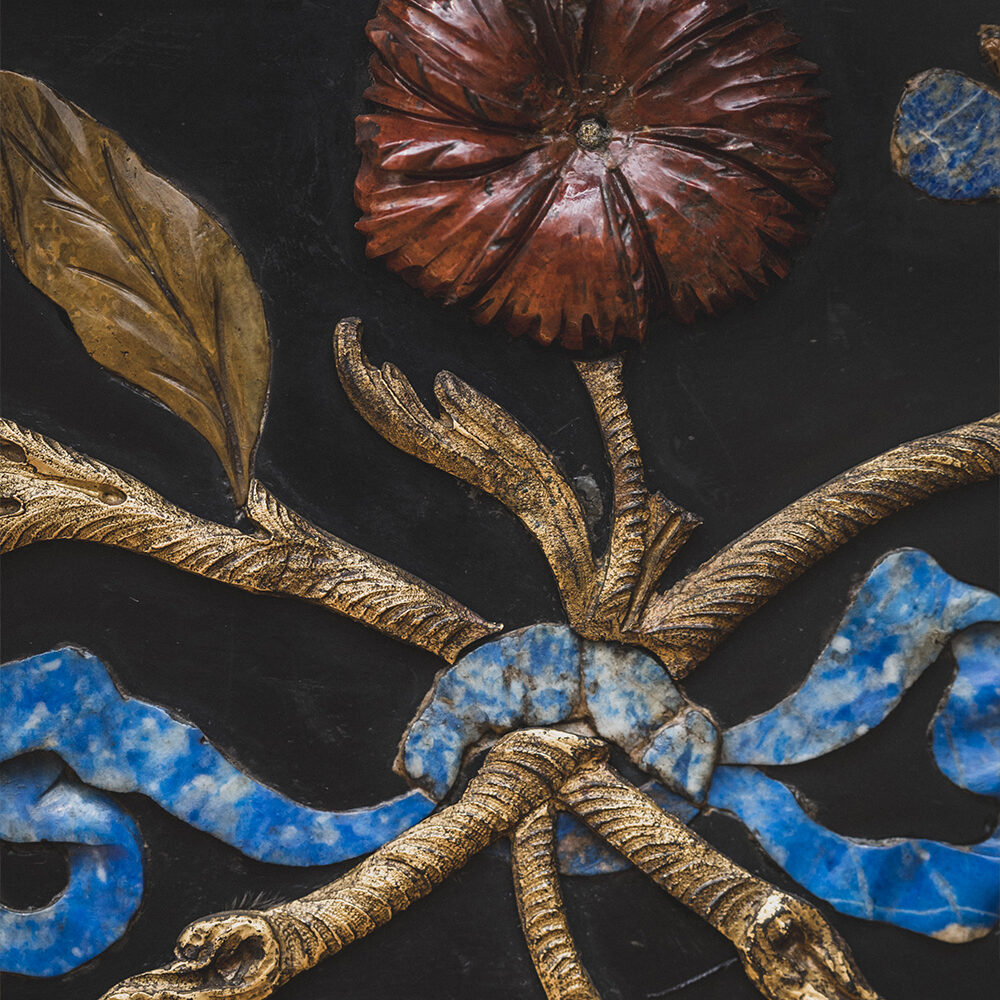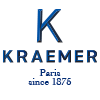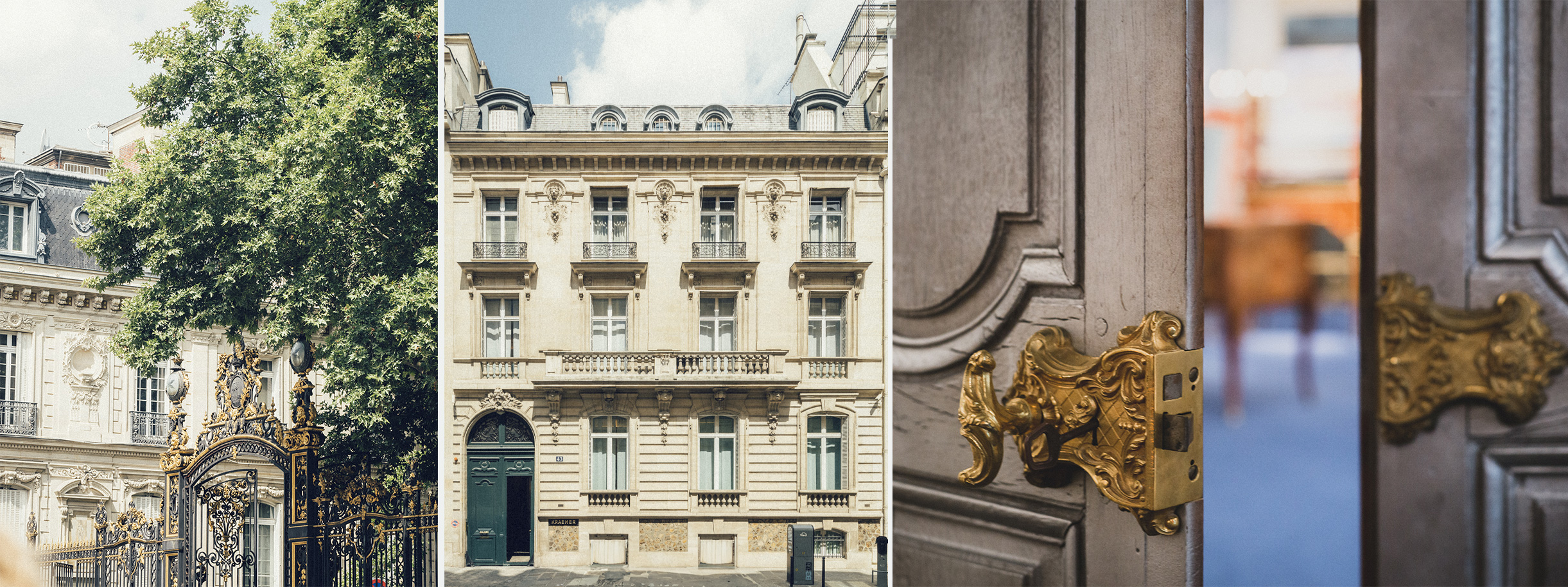
Kraemer’s story goes all the way back to 1875.
When you are inside Maison Kraemer, you are not in a trading establishment or an art gallery: you are in the Kraemers’ home. In fact, don’t we always say we are going “to the Kraemers’”? They form such a seamless whole that, when we utter their name, we don’t necessarily know which member of the family we are talking about; the name of their home does not discriminate between the private areas and the rooms where guests were entertained. That was what it was like in the Plaine Monceau’s “hôtels particuliers” when the Pereire brothers suggested the Camondos settle there.
Located at 43, rue Monceau, the Kraemer private townhouse acts as a setting that is as important as the jewel it holds; but when the latter leaves its mooring to travel elsewhere, you can rest assured that it will go on to live another life and shine with a new radiance. When they arrive, visitors are welcomed in person by a member of the Kraemer family. To Olivier, Laurent, Mikael, Sandra and Alain, the welcome in itself is an expression of the style of the Maison. The Maison’s defining characteristics include a rigorous selective process for the acquisition of objects, a certain taste for the French art de vivre that flourished between 1680 and 1790, and a penchant for originality, not to mention rarity. This is the family’s trademark; they prefer to buy furniture pieces from individuals rather than from auctions, even if it means travelling around Europe or going all the way to the United States to find them. As a result of this, their furniture pieces have not spent much time on the market.
Upon arriving, you ring the bell and step through a large doorway. You do not need to book an appointment beforehand; the address is somewhat confidential. There is nothing but a nameplate on the facade, with their name and nothing else – even the lettering is not overly glossy. Against all expectations, the place is open to the public. Both professionals and aficionados know that they will be welcomed.
Rubbing shoulders with such experts is quite an experience, especially when the latter humbly call themselves purveyors of antique luxury. These antique dealers have such a strong dynastic fiber that the family’s presence can always be felt in the house and around the furniture, ready to draw a screwdriver and a flashlight to make sure that everything, through to the tiniest gilt chiseled bronze detail, is from the right time period and has not fallen victim to some ill-advised repair.
It is all about discretion, not secretiveness. The family does not crave the limelight, and personal interactions are always preferred.
At the Kraemers’
This place makes you feel safe and comfortable. It is so remote that it is like being in an 18th century hanging garden that stretches between the street and the park.
That being said, it has not been spared from the consequences of political turmoil. During the Nazi occupation of France, the place was sacked. After the war, Raymond Kraemer had no choice but to start anew with his son’s help. For years, he fought hard to rebuild his business and to once again become a leading figure in his field.
Kraemer is one of the rare Parisian art galleries that has formed long-term, trustful partnerships with museums. Museums were willing to purchase rare works of art from Gallery Kraemer. They had no qualms about pieces’ origin: the curators knew that the Kraemers were always careful with the items. The family prides itself in its artworks, which are right at home in the greatest museums – this statement is well deserved and has proven true over the years.
How come these old furniture pieces, tapestries and paintings have stayed in fashion to this day? The genius loci of the place, as unfathomable as it may seem, might be one of the reasons why. It is one of those things that cannot really be explained, like the fact that we find rare things beautiful.
It has been one hundred and forty years since Lucien Kraemer started his business in Paris. He had just left Alsace, the region where was born, which was occupied by the Prussians at the time. The oldest invoice to have been recorded in the Maison’s ledgers can be traced back to 1895. It bears the name of the Baron Gustave de Rothschild. Authenticity, beauty, rarity, originality and charm have long remained the Maison’s selection criteria. These values have been passed down to the sixth generation, who get just as excited as their ancestors did upon discovering a new object. Young art lovers are not afraid of adding an 18th-century touch to contemporary décor. This is a mindset Kraemer Gallery believes in: the family is not afraid of making modern statements it in its own exhibitions. After all, isn’t some of the woodwork decorated with a Porsche steel grey coating?
Pierre Assouline, écrivain

